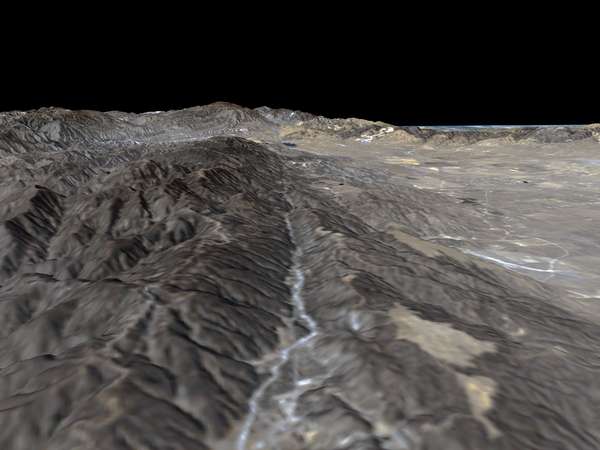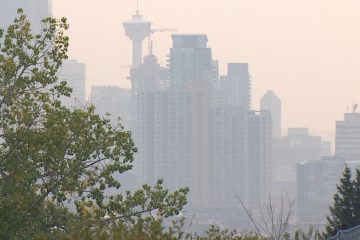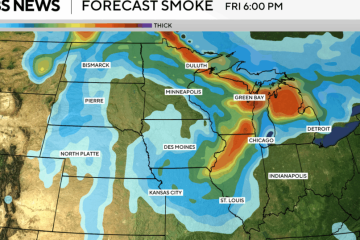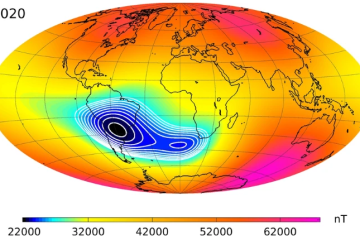Understanding the San Andreas Fault: Risks and Recent Events

Introduction
The San Andreas Fault is one of the most well-known geological features in the United States, serving as the boundary between the Pacific and North American tectonic plates. Spanning approximately 1,200 kilometers (750 miles) through California, it is critical for understanding earthquake risks in the region. Recent seismic activity has reignited conversations about its potential dangers, making the study of the fault both timely and essential for disaster preparedness.
Recent Events and Seismic Activity
In early October 2023, a series of minor earthquakes were recorded near the San Andreas Fault, causing concern among residents and experts alike. The largest tremor registered at 4.5 on the Richter scale, occurring near the city of San Bernardino. While no significant damages were reported, the event served as a reminder of the ongoing seismic risk posed by this infamous fault.
According to the United States Geological Survey (USGS), the San Andreas Fault has experienced significant activity throughout its history, with major quakes occurring approximately every 150 years. The last major earthquake on the fault was the 1906 San Francisco earthquake, which resulted in widespread destruction and loss of life. Analysts recommend continuous monitoring and preparedness strategies as the next major quake could be imminent.
Geological Significance
The San Andreas Fault is an example of a transform fault, where two tectonic plates slide past each other. This creates a buildup of stress that can lead to earthquakes. Geologically, the fault influences various aspects of Californian life, from the topography of the landscape to the frequency of seismic activity. Experts estimate that a significant earthquake could potentially generate economic losses in the billions, impacting everything from infrastructure to emergency services.
Conclusion
Understanding the San Andreas Fault is critical not only for scientists and urban planners but also for everyday Californians. With ongoing studies and monitoring efforts, there is hope for improved earthquake preparedness in the region. The implications of living in close proximity to such a fault are severe, emphasizing the need for public education on safety measures and emergency protocols. As research continues, the significance of the San Andreas Fault in California’s future cannot be overstated. Residents should remain informed and prepared for the possibility of significant seismic events ahead.





